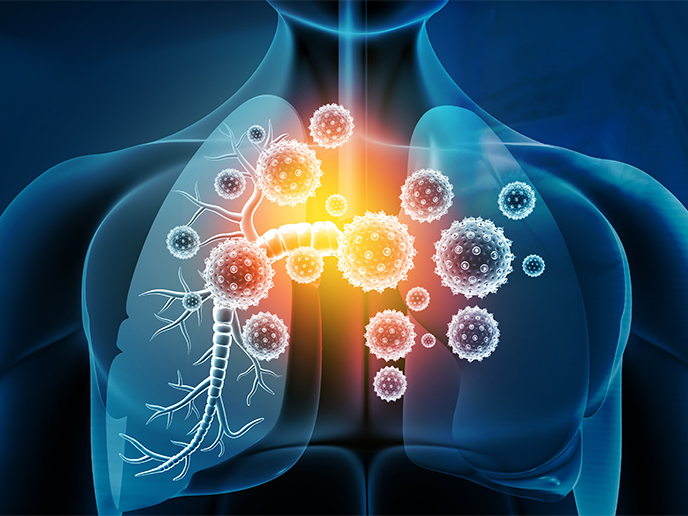Prompt primer toxin test for cheese
Histamine food poisoning can occur when taking in fermented food or drink produced by lactic acid bacteria (LAB). Certain strains of LAB are positive for histamine production because they possess the necessary gene sequences for transcription of the enzyme histidine decarboxylase (HDC). This catalyses the conversion of the amino acid histidine to histamine. Histidine is present in high levels in cheese, poultry and wheat. Previous to this research, tests for the presence of HDC positive (HDC+) LAB took about a day to give results. Standards and competition in the food industry mean that this is an unacceptable length of time. Project partners in IPLA-CSIC, Spain took up the challenge to develop a quick accurate test for the bacterium in cheese and its unwanted metabolic product. The basis of detection was the production of replicated primers for the gene sequences for histidine decarboxylase. These were obtained from a range of LAB that produce histamine. The scientists then used high performance liquid chromatography (HPLC) to identify levels of the biogenic amine. Not only was the test sensitive, but 96 samples could be run simultaneously and results take about two hours only. Because of the gene sequence specificity, this test can be used to eliminate strains of bacteria that are HDC+ so the production of histamine is not possible in the food. Although the tests here involved histamine production in dairy produce, LABs positive for the enzyme involved from other sources were detected in the course of the study. This means that the test could be extended to other fermented food and drinks.







